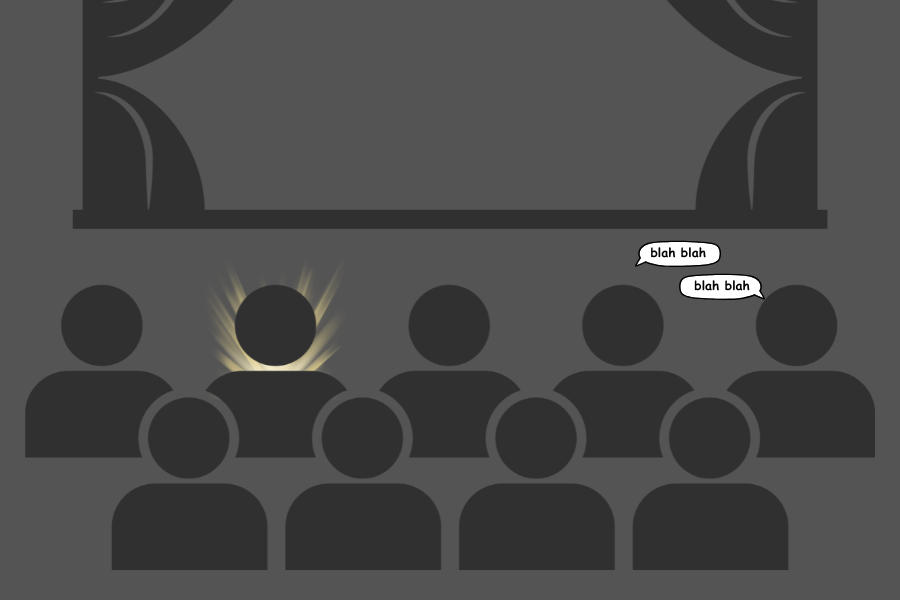We’ve all heard about self-defense classes for women and maybe you’ve taken one. You might carry around pepper spray, or a rape whistle, or your keys between your fingers when you walk alone at night. There’s a plethora of information available for women and how to protect themselves from sexual assault and other kinds of aggressors. Nevertheless, men deserve the same opportunity to educate themselves about dangerous aggressors they may be confronted by.
The Resisting Aggression with Defense (RAD) program for Men is trying to change stereotypes and how men respond in aggressive situations. RAD began as a self-defense program for women, Rape Aggression Defense (RAD) and provides participants with the skills necessary to avoid, resist and defend themselves against an attack. The idea behind the men’s course is essentially the same, however the education portion of the program is molded to tackle traditional male stereotypes.
This program will hopefully change the minds and demeanor of young men and their attitudes toward violence and women. Through education and simulation, men will learn why they may respond aggressively in confrontational situations. Mainstream media representations play a role in reinforcing ideas about what it means to be a “real man” in today’s society.
RAD will provide men with the skills to be conscious of safety for themselves and others and help them to hopefully not only leave the situation without harm, but also perceive dangerous situations from an inclusive perspective.
However, a common misconception about RAD courses is that the instructors only teach you how to fight your way out of a confrontation.
“A lot of people have the mentality that they’re going to learn how to fight someone, and the whole purpose of defense is to not get into a physical altercation with someone,” said Sergeant Jameson Yee of the Suffolk University Police Department (SUPD) and certified RAD instructor in an interview with The Journal. “The only fight you’re ever going to win is the one you don’t get into.”
“90 percent of self defense is education,” said Yee.
There are plenty of stereotypes made about both men and women. A common gender stereotype for women is that they are weak and helpless, while men have to give off this “alpha dog” attitude, otherwise they are not seen as masculine.
There is a stigma toward men that they see everything and everyone as either a “game or an object,” said Yee.
The RAD for men program is an effort to create a safer and more equal community. During the program, male Suffolk students learn about these stereotypes that have been instilled in them since they were young, and learn that acting on these stereotypes is not an efficient way to get out of a confrontational situation. For example, a man might feel he has to physically fight someone to prove his masculinity.
“It’s focused more on what the social norms are, unfortunately, even down to commercials, about how the stereotypical masculine man should act,” said Yee.
Yee added that many traditional male stereotypes come from what men see in the media.
“Through the course we confront the males on that and say, hey this might be a funny beer commercial to you, but what message is it subconsciously sending to you?” he said. “That could be your sister, your cousin, a close female friend, something along those lines. You might think one way, but you have to think of everyone in the situation.”
No matter who you are, or who you hang out with, everyone is vulnerable to violence or confrontation, especially college students in an urban environment. It’s important for everyone’s safety and well being to be prepared for these kinds of situations, whether it is making sure your doors and windows are locked at night or knowing how to physically defend yourself.
“Knowing avoidance techniques and knowing what to look for and knowing how to prevent things before they begin, that’s one of our biggest goals,” said Yee.
However, the lack of participation has been problematic for the RAD for men program. Sergeant Yee said while they see a lot of interest when the program is introduced at orientation, few students actually follow through and take the class.
Arguably, the class itself is a big commitment. The first portion on the class is a long, 12-hour day. Nonetheless, the experience a participant gains from the class is well worth the time commitment. Students who take the class will leave with a new sense of confidence and will be empowered to make safer choices when confronted with aggressive behavior.









